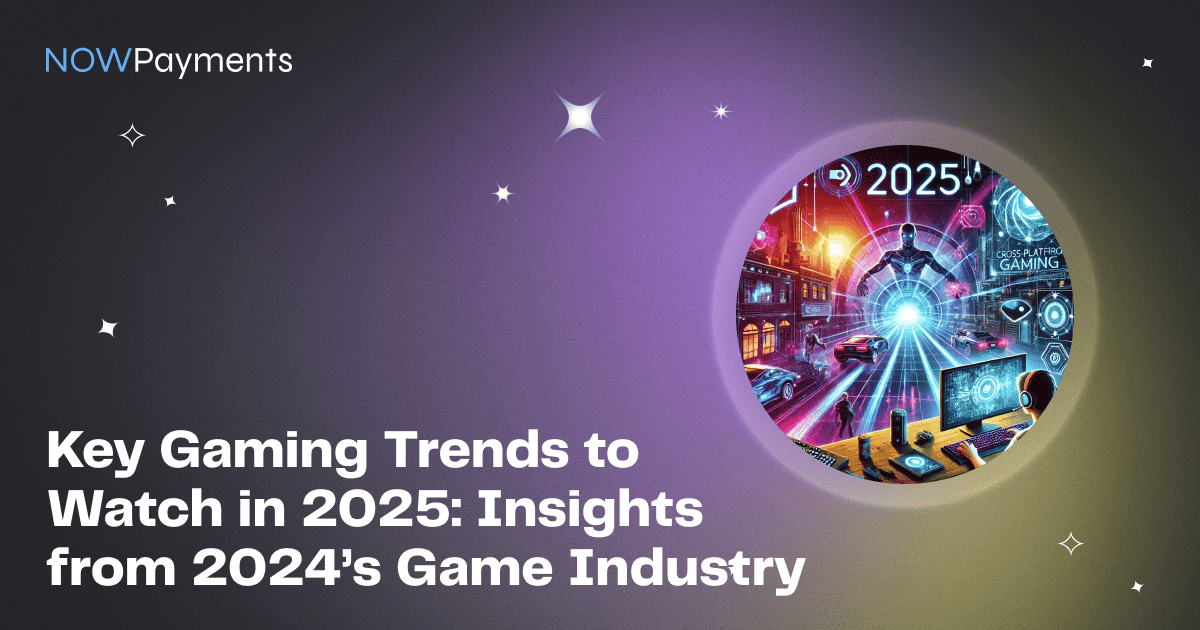Your Ultimate Hookup Resource
Explore a comprehensive directory for connections and relationships.
Predicting Pixels: The Quirky Science Behind Gaming Trend Forecasting
Dive into the quirky science of gaming trend forecasting and discover how predictions shape the future of pixels and play!
The Algorithmic Alchemy: How Data Science Transforms Gaming Trends
The evolution of gaming has been profoundly influenced by advancements in data science, often referred to as algorithmic alchemy. As developers harness the power of data analytics, they can uncover patterns and trends that shape player behavior and preferences. This transformation is not merely about enhancing game mechanics; it extends to understanding audience engagement, optimizing user experiences, and even predicting future gaming trends. For instance, by analyzing player data, companies can identify which game elements are most appealing or which features lead to higher retention rates, allowing them to refine their offerings and stay ahead in a competitive market.
Moreover, the intersection of data science and gaming technology enables real-time adjustments to in-game environments. Machine learning algorithms can analyze player interactions and automatically modify challenges and rewards, creating a dynamic gaming experience that caters to individual preferences. This level of customization not only improves satisfaction but also encourages longer play sessions. As algorithmic alchemy continues to evolve, so too will the ability to create immersive worlds that adapt to the habits and trends of players, ultimately shaping the future landscape of the gaming industry.

Counter-Strike is a popular first-person shooter game that emphasizes teamwork and strategy. Players can engage in intense matches where they take on the roles of terrorists or counter-terrorists. For those looking to enhance their gaming experience, using a clash promo code can provide valuable perks and boosts.
Future Fun: Understanding the Metrics Behind Gaming Trend Predictions
As the gaming industry continues to evolve, understanding the metrics behind gaming trend predictions becomes crucial for developers, marketers, and gamers alike. Analyzing player behavior, such as engagement rates and spending habits, can provide valuable insights into emerging trends. With the assistance of data analytics tools, studios can track the popularity of genres, platforms, and even specific gameplay mechanics. By leveraging this information, companies can make informed decisions about which games to develop, ensuring they align with the interests and desires of their target audience.
Moreover, key performance indicators (KPIs) such as user retention, acquisition costs, and lifetime value become essential in predicting not only current trends but also future developments in the gaming landscape. For instance, if a particularly innovative game mode shows remarkable user retention rates, it may signal the rise of similar mechanics across the industry. By continuously monitoring these metrics and adapting to the changing landscape, stakeholders can position themselves to capitalize on emerging opportunities and stay ahead in the competitive gaming environment.
What Makes a Game Trend? Exploring the Factors Behind Gaming Fads
In the ever-evolving landscape of gaming, several factors contribute to what makes a game trend. One of the primary drivers is **community engagement**; games that foster a strong sense of community, whether through online multiplayer components, forums, or social media interactions, often become fads. Additionally, the role of **influencers and streamers** cannot be overlooked. When popular content creators showcase a game, it can skyrocket in popularity almost overnight, cementing its place as a trend. Other factors include technological advancements, marketing strategies, and cross-platform play, which can increase accessibility and appeal to a broader audience.
Moreover, the element of **timeliness** plays a crucial role in determining a game's success. Games that resonate with current events, societal trends, or cultural phenomena often gain traction faster. Consider games that incorporate **viral challenges** or those that align with major events, as these often become the talk of the gaming community. Additionally, the aesthetics and gameplay mechanics of a game significantly contribute to its appeal; visually stunning designs and innovative gameplay can captivate audiences. Ultimately, it is the combination of these factors that creates the perfect storm, propelling a game into the spotlight and making it a trend.